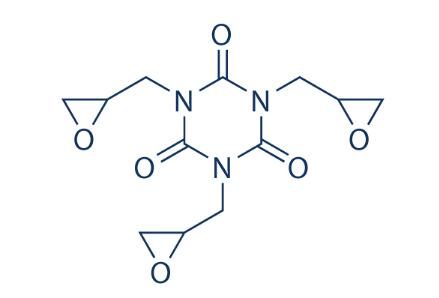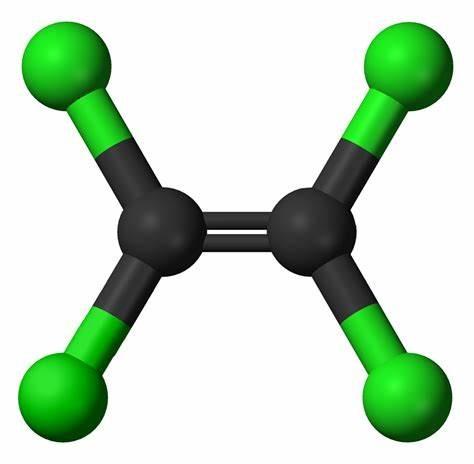From early AD to mid-19 century, people mainly use the natural organic substance (such as animal and plant extracts) for qualitative analysis or quantitative analysis. From the second half of the 19th century to the 1920s, it had begun to appear of artificially synthetic organic reagent such as using potassium acetate xanthan for test of nickel, copper, and molybdenum; using morin for test of aluminum; using diazo coupling reaction for the detection of Nitrite; using α-β-nitroso naphthol for detection of cobalt; using dimethyglyoxime for nickel test. After the proposal of the special-effects group in the 1930s and the proposal of theoretical analysis of functional groups theory in 1950s, people had carried out large-scale screen of organic reagents in search of special-effects analysis groups for different ions and had successfully synthesized a lot of agents of practical value (such as copper reagents, new copper agent, cadmium reagents, beryllium reagent, thorium reagents, etc.). Before the 1950s, the complex compound, in analytic chemistry, is mainly used in the aspects of the precipitation reaction of a binary chelate for the qualitative detection, precipitate isolation and gravimetric separation and other aspects. In the early 1950s and 1960, it is mainly in the form of complexometric titration. From the beginning of the late 1960s, the main focus has been moved to the photometric analysis. Meanwhile, it has been also developed of chelate organic solvent extraction.
What is Dimethyl sulfoxide?
Dimethyl sulfoxide(DMSO) has excellent solvent properties and acts as a skin penetration enhancer for drugs and other substances by increasing the permeability of the barrier layer of the skin.
Oct 12,2021 Organic reagentsUses of Dimethyl sulfate
Dimethyl sulfate is used primarily as a methylating agent to convert compounds such as phenols, amines, and thiols to the corresponding methyl derivatives.
Oct 12,2021 Organic reagentsWhat is 1,3,5-Triglycidyl isocyanurate?
1,3,5-Triglycidyl isocyanurate (Teroxirone) (CAS No: 2451-62-9), appears as a while crystalline solid, is a triazene triepoxide with anticancer and antineoplastic activity [1]. Teroxine alkylates and
Oct 11,2021 Organic reagentsWhat is Perchloroethylene?
Perchloroethylene (C2Cl4, CAS No: 127-18-4), also known as perc, is a colorless, nonflammable liquid solvent with a sweet, ether-like odor. It is primarily used in industrial settings and also for dry
Sep 27,2021 Organic reagentsWhat is 1,2-dimethyloxyethane?
1,2-dimethyloxyethane, also known as glyme, monoglyme, dimethyl glycol, ethylene glycol dimethyl ether, dimethyl cellosolve, and DME, is a colorless, aprotic, and liquid ether that is used as a solven
Sep 16,2021 Organic reagentsNaphthalene - production and uses
The industrial importance of naphthalene dates from the latter half of the last century, owing mainly to the ease with which it can be converted into sulfonic acids and thence also to the naphthols,
Sep 3,2021 Organic reagentsThe uses of 2-Methylanthraquinone
2-Methylanthraquinone, an organic compound, is a methylated derivative of anthraquinone. An off-white solid, it is an important precursor to many dyes.
Aug 24,2021 Organic reagentsWhat is N-methyl-2-pyrrolidone used for?
N-methylpyrrolidone (NMP) is a polar aprotic solvent. It has the advantages of high boiling point, strong polarity, low viscosity, strong solubility, non-corrosion, low toxicity, good chemical and the
Jul 15,2021 Organic reagentsWhat is Diethyl ethoxymethylenemalonate?
Diethyl ethoxymethylenemalonate is an intermediate in the production of Flumequine. Moderately toxic by ingestion. A skin irritant. A combustible liquid. When heated to decomposition it emits acrid sm
May 27,2021 Organic reagentsWhat is N,N'-Diisopropylcarbodiimide?
This product is mainly used in amikacin, glutathione dehydrants, as well as in synthesis of acid anhydride, aldehyde, ketone, isocyanate; when it is used as dehydrating condensing agent.
May 13,2021 Organic reagents












